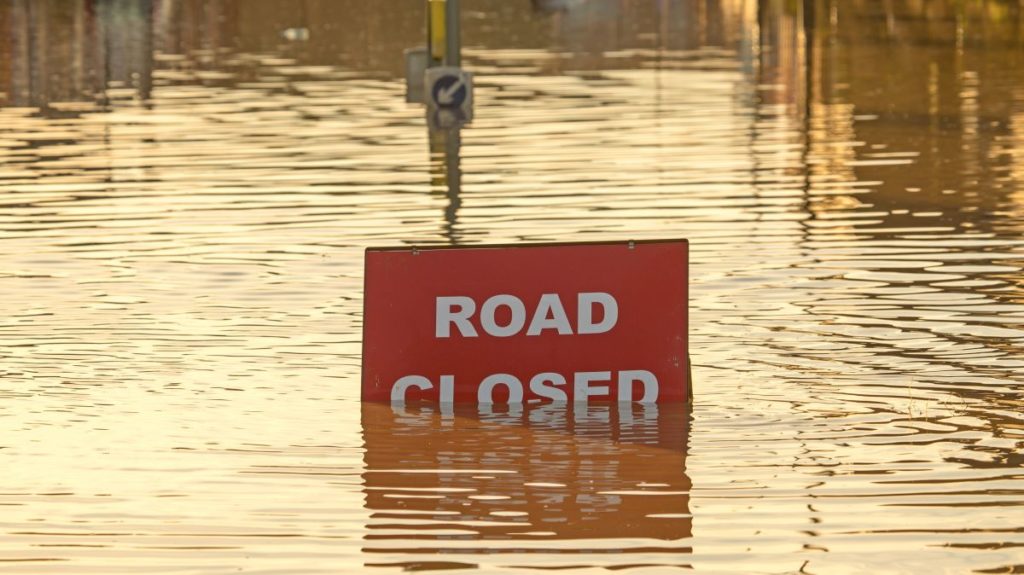Every facility needs to have a system in place that allows them to discharge waste and stormwater safely and in an environment-friendly way. It’s not only good for the environment, but it’s also a necessity to obtain a National Pollution Discharge Elimination System or NPDES permit.
This is especially true for any facility that discharges possible pollutants directly into a WOTUS, or Water of the United States. To get this permit, construction projects and operating facilities need to have an SWPPP or Stormwater Pollution Prevention Plan. It’s a document that outlines how a facility will discharge its pollutants, the types of contaminants it will release, and where they will be released.
SWPPPs differ from facility to facility and state to state: an SWPPP in Idaho for a machining facility is different from an SWPPP in Maine for a canning plant. However, there are specific procedures that all SWPPPs must undergo.
Here are the most crucial aspects of an SWPPP:
Site Descriptions
All SWPPPs must have descriptions of the facility, from name and address to geographic location and size. They must also include the water into which the facility will discharge, the direction of the stormwater when it flows out of the facility, the location of all pipes, inlets, outfalls, and any other stormwater conveyances.

Site descriptions in an SWPPP must also include the location of secondary containment structures and the quantities of potential stormwater pollutants. It must indicate whether a facility has had areas with past pollutant spills and sources of run-on from adjacent properties that may cause pollution not produced by the facility.
Pollution Prevention Team
An SWPPP must include creating a Pollution Prevention Team that will assist the facility manager in executing the facility’s SWPPP. Both the SWPPP and NPDES permit must indicate every member of the Pollution Prevention Team’s names and positions.
Site Activities That May Cause Pollution
All SWPPPs must indicate facility activities that may cause pollution, spills or leaks, and areas of the facility that store materials exposed to rain and snow. The SWPPP must also include details of any significant spills and leaks in the facility over the past three years.
Control Measures, Schedules, and Procedures
All SWPPPs should have specific control measures for every process or area that might generate pollutants. It should document how each control measure prevents excess contaminants from being discharged with respect to the NPDES permit’s effluent limits.
Spill Response Plans
An SWPPP must include a Spill Response Plan in the unfortunate event that the facility experiences a spill. The Spill Response Plan must meet other regulatory requirements and address other, non-spill related stormwater pollution events.
Inspections and Monitoring
All SWPPPs must allow for the regular and periodic monitoring and inspection of facilities to ensure that they comply with state and federal regulations all the time. Regular audits must be established and scheduled in an SWPPP, depending on the facility’s effluent limits and the type of pollutants it produces.
Employee Training
An SWPPP must indicate what type of training its employees have received in pollutant prevention, including education in best practices and procedures. Other training modules that should be implemented are RCRA and SPCC, as well as basic spill response training.

